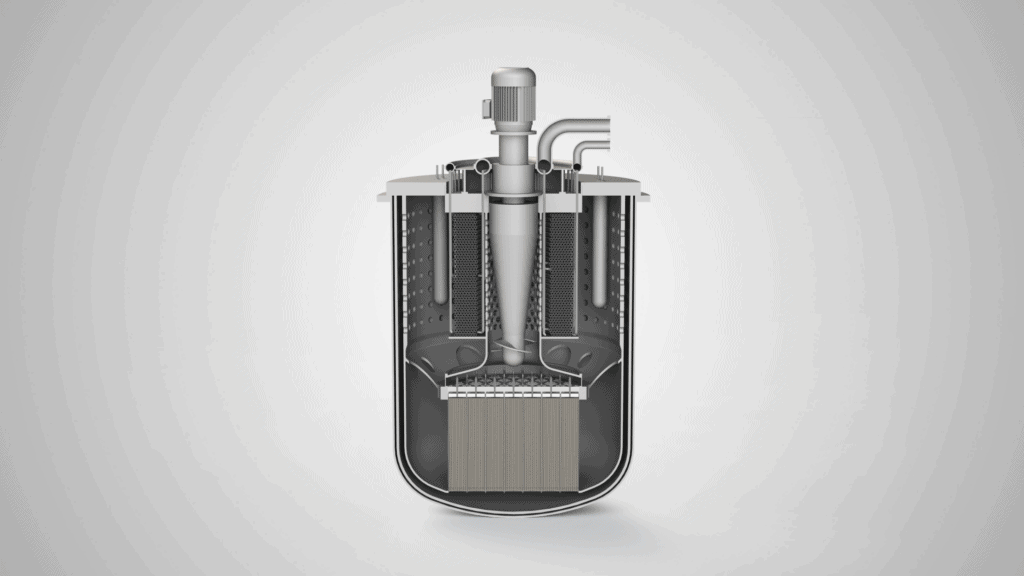Stefano Buono is a physicist and the successful founder of Advanced Accelerator Applications, a multibillion dollar company that pioneered the use of several therapeutic medical isotopes. After making several people very rich, including himself, he sold the medical isotope business and returned to his early 1990s field of study – nuclear fission reactors using molten lead as a coolant.
About two years ago, Stefano Buono and some of his colleagues and associates founded newcleo, a company with Italian roots based in the UK. Last year, newcleo ran two successful rounds of start-up funding that netted the company a total of €400 M. After passing through several important milestones, it is raising a subsequent round with a target of €1 B for continued development and for a state-of-the-art fuel manufacturing plant.
Dr. Buono visited the Atomic Show to share his insights on the paths to success as an entrepreneur in a deeply technical and undervalued field and on the role that timing – both planned and fortunate – plays in business success. He is convinced that it is a good time to be building a nuclear fission energy company.

Lead cooling for reactors has a long history with some demonstrated success. In the 1970s and 1980s, the Soviet Union operated a class of submarines called the Alfa class, which were famously the fastest and deepest diving submarines in the world at the time. Seven subs were completed and operated with both impressive performance and technical issues that limited their reliability and service life.
The reactors in those submarines were metal cooled thermal reactors using lead-bismuth eutectic for cooling and beryllium for moderation.
The collapse of the Soviet Union and subsequent economic conditions halted most lead cooled reactor development in Russia, but it resulted in a diaspora of Soviet scientists and engineers that stimulated research and development of the technology in Europe, especially in Italy and Sweden.
For several reasons, the lead cooled reactor community moved from lead-bismuth towards pure lead and away from beryllium moderation.
Compared to water, lead is virtually invisible to neutrons, letting fission neutrons remain in the fast spectrum. Fast neutrons will fission all actinide materials, allowing reactors to advantageously consume the long-lived components of used nuclear fuel and to breed new fuel from fertile materials like Uranium 238.
Lead remains in liquid form at temperatures far above reactor operating temperatures, eliminating the need to pressurize the coolant system. Compared to sodium, the molten metal that has been used more frequently by reactor designers, lead is not subject to explosive or flammable reactions if it comes in contact with water or air. Though sodium-cooled reactor designers have devised ways to ensure safe use of their chosen fuel, the techniques require additional systems and components that add cost.

One disadvantage of lead has limited its attractiveness as a coolant. At the temperatures of interest for a reactor, corrosion rates in contact with stainless steel can cause operational problems. For the Alfa class submarines, corrosion products created some clogging issues – mainly in small diameter piping like that found in steam generators.
newcleo, Stefano’s company, is taking advantage of research and development conducted during the 40+ years since the Alfa’s were designed and operated. That research and testing has proven several different techniques that can be used to limit the effects of corrosion and that also offer the opportunity for future improvements that will enable even higher operating temperatures in subsequent reactor models.
During Atomic Show #313, we talked about advantages and challenges of lead cooling, the use of mixed oxide (MOX) fuel, the company’s phased technology development program, its licensing strategy, its options for initial deployment and the reasons that now is a great time to be developing nuclear fission power systems in Europe.
This show should provide plenty of food for thought. Please participate in the discussion using the comment features here.


















